コラム
落合憲弘
John Sypal
タカザワケンジ
なぎら健壱

Recently I was asked what my five “desert island” photobooks might be.
Ok, I’ve never really liked the “desert island” question- especially when it comes to photobooks (All that sand). So instead, let’s ask “What books would you put on a 20cm wide bookshelf”.
Should I ever be limited to such a narrow shelf, I promise you that my copy of Issei Suda’s Minyou Sanga would take up a centimeter and a half of it. This book, published by Tosei-sha in 2007, is the exquisitely printed compilation of a series of Suda’s 6x6 work which was serialized in Nippon Camera magazine in the late 1970s.
The photographs in Minyou Sanga can, in a general sense, be described as dealing with Japanese folk festivals. In it are the young and old- kimono/yukata, dances, drunkenness, a humidity created in the melding of daily life and the sublime- all caught with Suda’s flash and intuition. From the nooks and crannies of mountain villages to Tokyo streets, as with all of Suda’s work, there is a shared sense of mystery linking every image. The same sorts of things are there in all the other countless books on festivals. “Matsuri” (festival) photography is a genre itself. But Suda’s work is unique in the way it so effortlessly transcends the particularities the locations and individuals he encountered on his travels across the country. As documents these photographs would be of nominal interest to historians or anthropologists. On an artistic level, these images, even after countless viewings, remain an intensely fascinating experience.
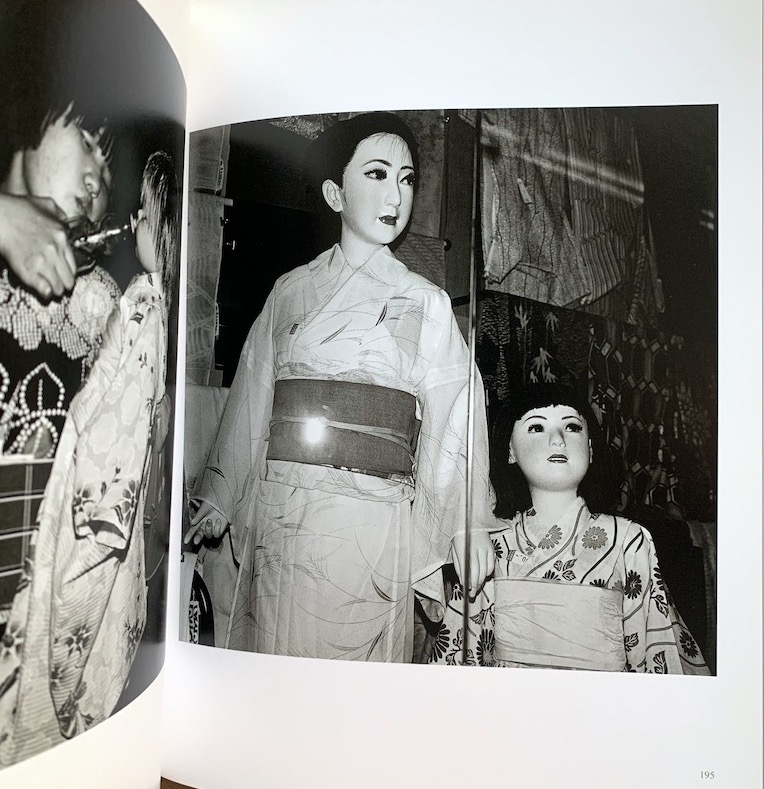
That Suda photographed so well, so consistently, is something I’ve never been able to get my head around. To me his photographs are ponderable imponderables: acts of (a photo) god.
In fact, this book in particular is so damn good I have no problem admitting that it, or at least my enchantment of it, puts the whole thing beyond my intellect to write about properly. There’s nothing that I can say that will enhance your encounter with them.
But!
I recently found something that Suda himself said that’s worth sharing. What follows is an excerpt of an interview in the October 1979 issue of Cameraman magazine.
It opens with the interviewer noting that Suda photographs a lot of festivals.
Suda: “Yeah, I shoot a lot of festivals but not like how tourists take photos of them. Wherever I go my photos of them all seem to feel the same. Even though it’s a “festival”, people are the main subject. For example, even if a matsuri float comes by, I rarely point my camera at it. Much more interesting than the float are the townspeople with their kids casually passing by.
Also, I’m never around when the festival is at its peak. I photograph as everyone is still getting ready, and then soon go home. And like I said, since I’m not there for the matsuri itself, I usually never know what any of them, even the ones I regularly go to, are actually about. But now, no matter where I go they’re basically all the same. Most of the old characteristics of the local places have disappeared.”
Perhaps it was this severe, wonderfully adroit aloofness- going home before it’s started- that kept him at just the right distance to take the photographs he did. With a sense of resignation, too, this psychological distance, despite physical proximity, took his eye beyond simple individuals or moments to a dimension (somewhere deep in his Hasselblad?) where all first became phenomena- and then, luckily for us, photographs.

最近「無人島に持っていく写真集5冊を選ぶなら?」という質問を受けました。「無人島に持っていくなら〜」という質問はあんまり好きじゃないですね、写真集を無人島に持っていったら砂まみれになるでしょうし…。
そこで、その質問の代わりに「幅が20cmしかない狭い本棚にしまっておく写真集といえば?」という質問に答えることにしましょう。万が一、本当にこのような狭い棚があるのだとしたら、私は須田一政さんの『民謡山河』を選びます。
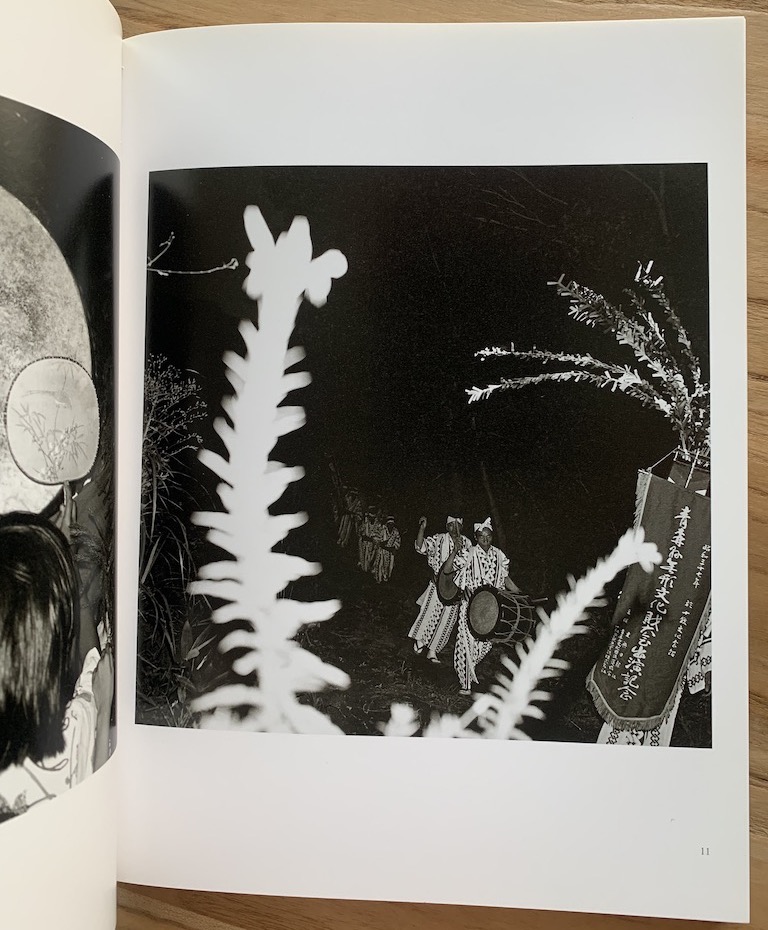
この写真集は、1970年代後半に『日本カメラ』で連載された須田一政さんの6×6判作品を、最高の印刷術をもって2007年に冬青社から刊行されました。
『民謡山河』の写真は、一般的な意味でも日本のお祭り写真と言えます。着物や浴衣、踊り、酔っ払い、日常と崇高なものとの融合が生み出す湿度など、老いも若きも、須田さんの閃きと直感によって捉えられたものばかりです。山村の隅々から東京の街並みまで、須田さんの作品すべてに共通するのは、すべてのイメージをつなぐ神秘的な感覚。
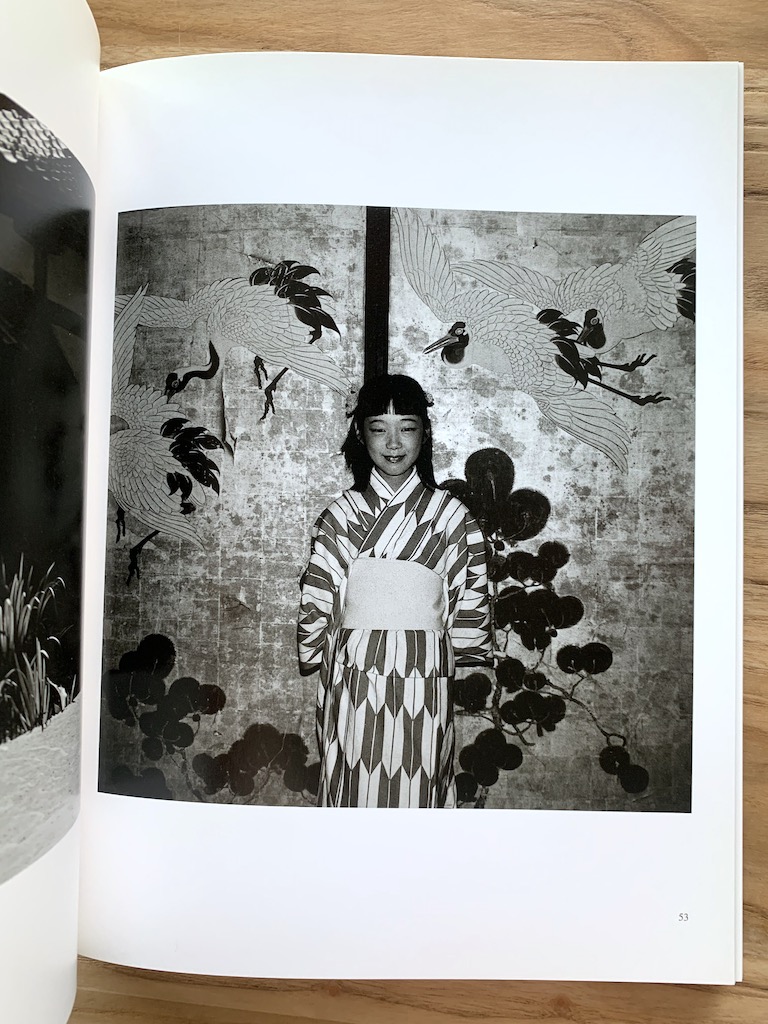
「祭り」は写真の大きなジャンルのひとつですし、同じような被写体を多くが多くのお祭り写真集に収められています。しかし須田さんの作品は、全国を旅して出会った場所や個人の特殊性を軽々と超越しており、とてもユニーク。多くの歴史学者や人類学者にとって、これらの写真は資料としてしか興味がないかもしれません。芸術的なレベルでは、これらの写真は何度見ても強烈な魅力を放っているのです。

須田さんがこれほどうまく一貫して写真を撮れたことは、考えれば考えるほど理解しがたいものです。私にとって須田さんの写真は。考えさせられる不可解であり。もはや神の行為とも言えます。
須田さんの写真集のなかでも『民謡山河』は特に素晴らしいのですが、私がこの本の魅力を語るために言えることは何もないほどに、知性や言葉を超えてしまっているのです。
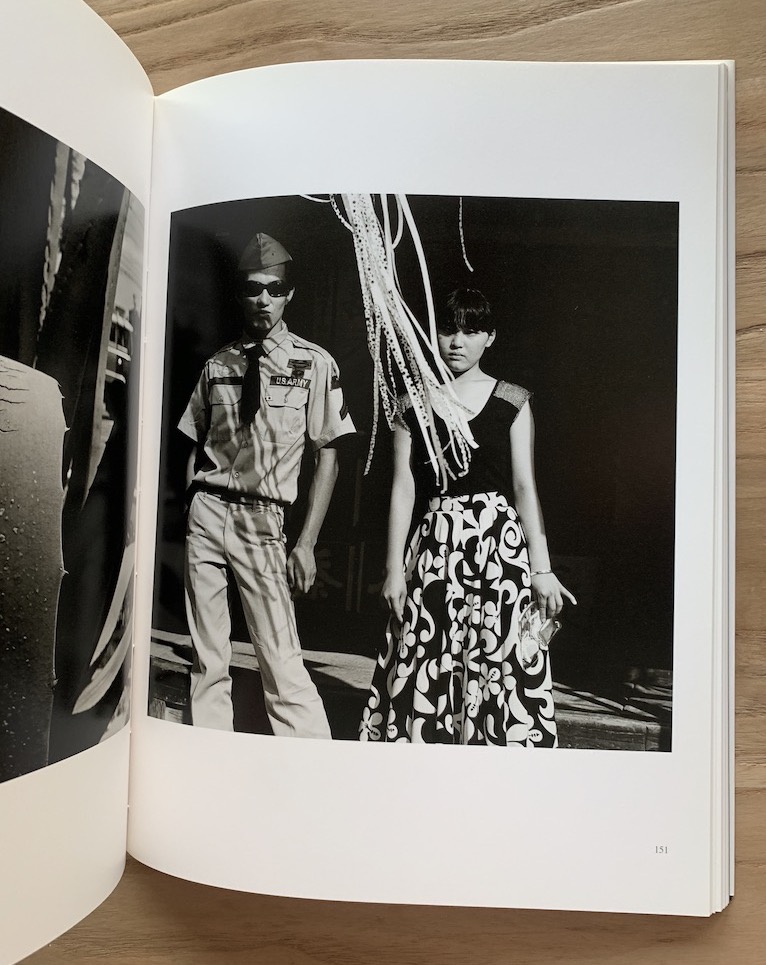
最後に、最近見つけた『カメラマン』1979年10月号に掲載されたインタビューのなかで、須田さん自身が語ったことを共有したいと思います。

須田一政
- 「ええ、お祭りは撮っていますが、僕はお祭りを観光写真的には撮っていないんで、どこへ行っても同じようになってしまうんです。お祭りといっても、だいたい撮るのは人間が主なので、例えば山車が出ていても、そっちの方にカメラを向けることは少ない。それよりもその山車を見物している町の人とか、無造作に通り過ぎる子連れの人なんかがとってもおもしろい。
- また、お祭りっていっても、そのお祭りがピークになるときには、そこにいなかったりして。ピークの前に、まだちょぼちょぼっとしか準備されていないときに撮ってすぐ帰っちゃったりするのが、またいいんですよ。
- それから、さっきも言ったけど、お祭りそのものを撮ってないから、何回行ってもどんなお祭りか詳しくは知らないなんていうお祭りも多いですよ。でも今はどこへ行ってもたいして変わらない。その土地の風土的に特徴のあるものなんていうのがほとんど無くなってしまいましたからね」
この厳しく、素晴らしく巧みな、(お祭りが始まる前に家に帰るような)飄々とした態度は、写真を撮るのにちょうどいい距離を保っていたのでしょう。心理的な距離は、物理的な近さとは裏腹に、須田さんの目は単純な個人や瞬間を超え、すべてが次元を超えて「写真」という現象へと化したのかもしれません。
- 須田一政『民謡山河』
- 出版社:冬青社
- 2007年発行
- 判型:260×195mm・205ページ・ソフトカバー
- https://www.shashasha.co/jp/book/minyou-sanga

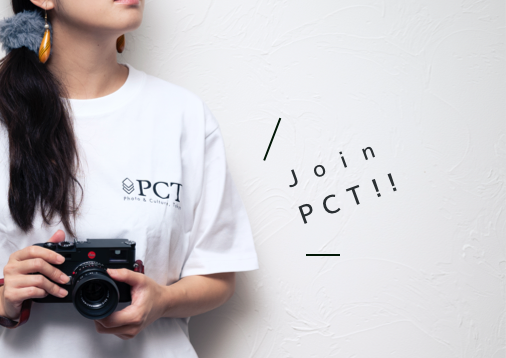
PCT Membersは、Photo & Culture, Tokyoのウェブ会員制度です。
ご登録いただくと、最新の記事更新情報・ニュースをメールマガジンでお届け、また会員限定の読者プレゼントなども実施します。
今後はさらにサービスの拡充をはかり、より魅力的でお得な内容をご提供していく予定です。
 「Photo & Culture, Tokyo」最新の更新情報や、ニュースなどをお届けメールマガジンのお届け
「Photo & Culture, Tokyo」最新の更新情報や、ニュースなどをお届けメールマガジンのお届け 書籍、写真グッズなど会員限定の読者プレゼントを実施会員限定プレゼント
書籍、写真グッズなど会員限定の読者プレゼントを実施会員限定プレゼント